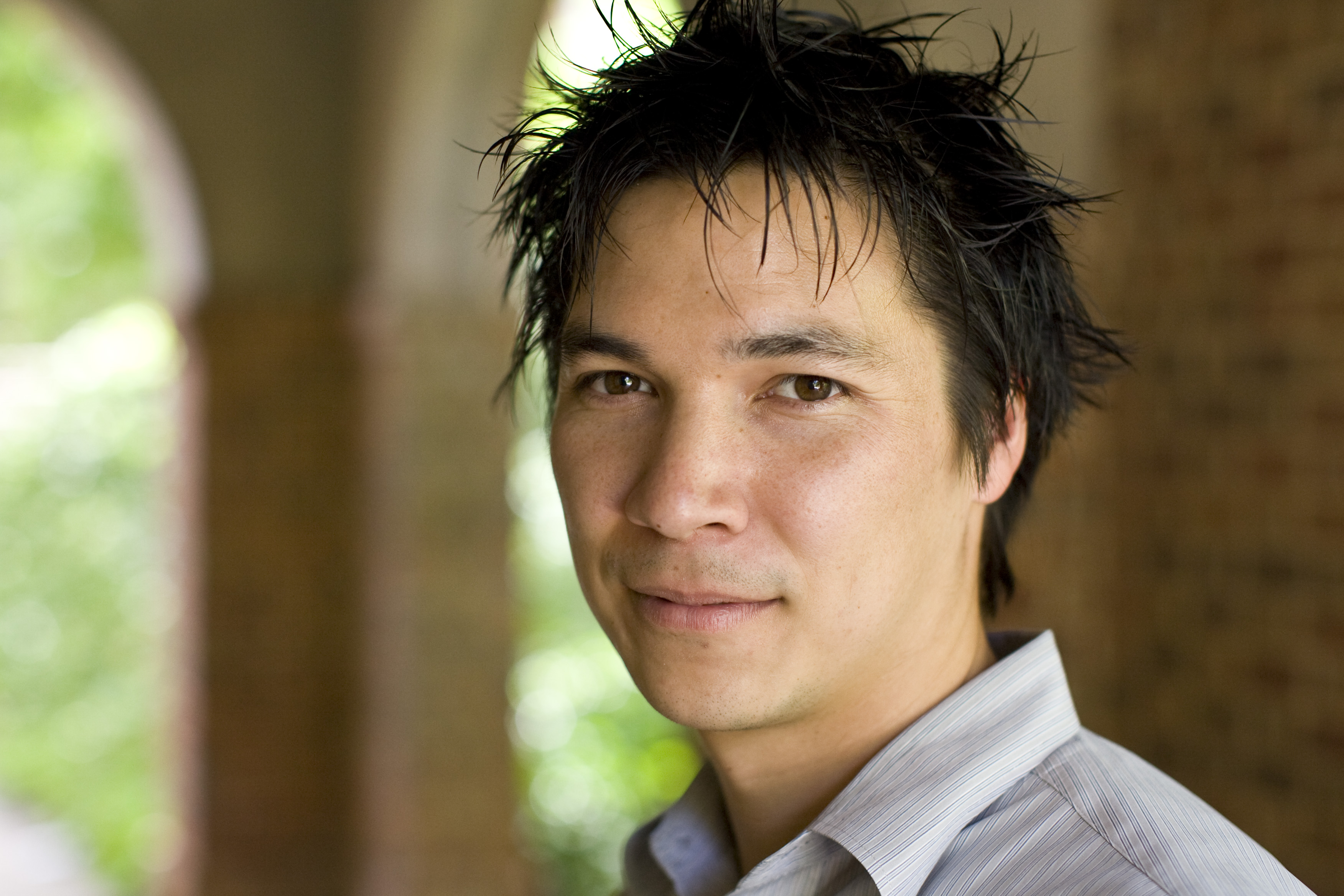The key to saving energy in the home, according to University of Virginia computer science professor Kamin Whitehouse, is understanding the people who live there.
That’s why he is developing smart-home technology that would track people within the home – whether they are watching TV, taking a shower or cooking – and automatically adjust systems such as the air conditioner or the water heater accordingly.
“If you apply all of our technologies in the house at the same time, our data shows that you would save about 25 percent of the energy used in the average household,” Whitehouse said.
Supported by two grants, $600,000 from the National Science Foundation and $24,000 from the Department of Energy, his lab is developing technology that would, for example, keep the heat on when you’re home, turn it off when you leave and turn it down when you go to bed. In addition, the team is working on a “Smart Water Heater.”
In homes today, when hot water arrives at the faucet, it may be too hot, so cold water is turned on to temper it. But water as hot as 135 degrees remains in the hot water pipe, which wastes heat. Known as “pipe loss,” that waste accounts for about 20 percent of a water heater’s energy.
“Generally speaking, this particular sink doesn’t need 135-degree water, it actually only needs 100-degree water,” Whitehouse said. So instead of pumping 135-degree water and then requiring cold water to be added, the Smart Water Heater would deliver water at 100 degrees.
“So when it cools down, you’ve actually only lost half as much heat,” Whitehouse said.
Results show the Smart Water Heater – which was selected for the Department of Energy’s Max Tech and Beyond design competition for ultra-low-energy-use appliances – is about 12 percent more energy-efficient than the average conventional water heater, he said.
Separately, Whitehouse’s lab is developing technology that would save energy by keeping track of the occupants of a home. Nicknamed “The Marauder’s Map,” after the magical map in the Harry Potter series that shows the location of every person in Hogwarts, the technology would detect when each person enters the home and where they are within the home.
To do this without requiring people to wear tags or otherwise creating a sense of intrusion, the scientists are installing sensors in the tops of doorways – one of the main innovations of their technology.
“People in homes don’t want to wear things. They don’t want to carry things – even their cell phones – and they don’t want cameras,” Whitehouse said. “What we’re trying to do is build a system that can understand what people are doing, but without making them wear things or put cameras in the house.”
Sensors called ultrasonic range finders point downward and measure the distance from the top of the doorway so that, based on the height of the entrant, it can determine who walked through the door. Sensors on the power mains and water mains provide data on use of the fridge, oven, shower, washing machine and more.
A mobile phone app shows the movement of each occupant with a different color icon.
“With The Marauder’s Map, you don’t have to tell the thermostat anything,” Whitehouse said. “You don’t have to teach it what your preferences are. It doesn’t have to learn anything. It can just get the information about where people are and then respond accordingly.”
In addition to providing feedback to homeowners about their energy usage, the technology could help people understand their own family life or monitor how often elderly people move or eat.
Whitehouse said it could answer questions such as, “How often do I spend time with my kids, and where do I spend time with them? What are we doing – are we watching TV, or are we having quality time in the kitchen at dinner?”
And that’s not all.
“As opposed to just asking if my door is locked or unlocked, I can actually ask who left the door open and why is the door open, or who left the lights on?”
Media Contact
Article Information
October 29, 2014
/content/nsf-department-energy-grants-support-uvas-smart-home-technology-research

